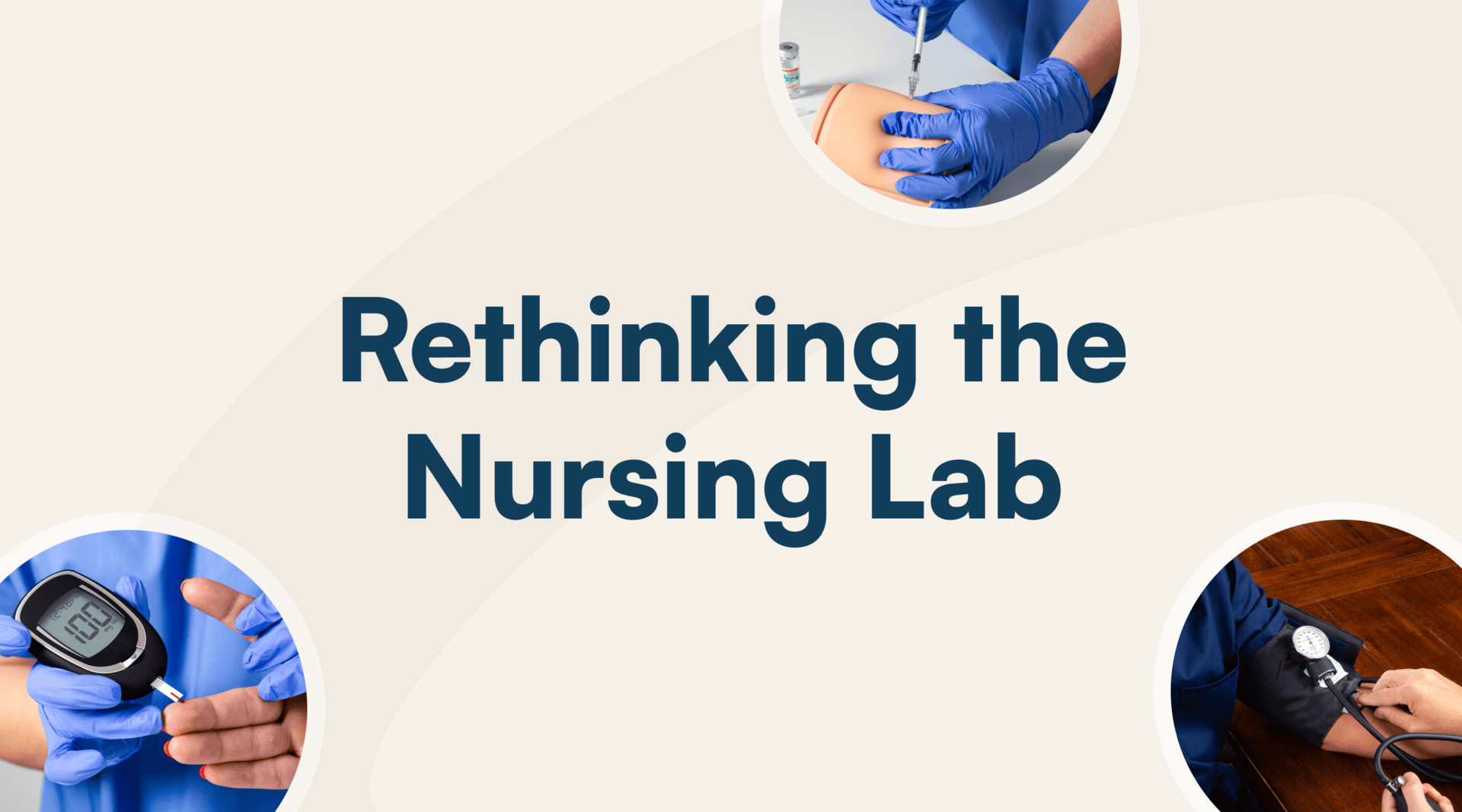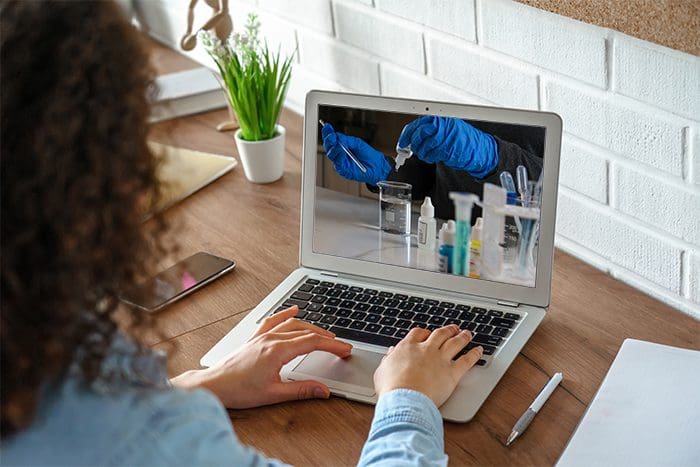Being physically present in a classroom isn’t the only learning option anymore — not with the rise of new technologies, at least. Coupled with cultural shifts and demands for more accessible education, online learning’s popularity only continues to grow, especially as research shows little to no significant difference in performance between online and traditional classroom students. With an increasing number of students finding the traditional classroom modality restrictive, inflexible, and impractical, many colleges and universities are keeping pace by offering distance learning courses and programs in ways that mirror the effectiveness of in-person classrooms — and that includes virtual science labs.
In fact, this 2022 Wiley Education Services report found that 77% of learners said they decided on the online modality before any other factor, such as school or program. To understand this growing preference better, researchers asked students how likely they would be to attend an on-campus program if their preferred program wasn’t available online. A surprisingly low 37% said they’d enroll in the campus-based program, down from 56% just five years ago. The message: distance options — even for those courses and programs not traditionally conducive to teaching online — mitigate the risk of decreasing enrollment.
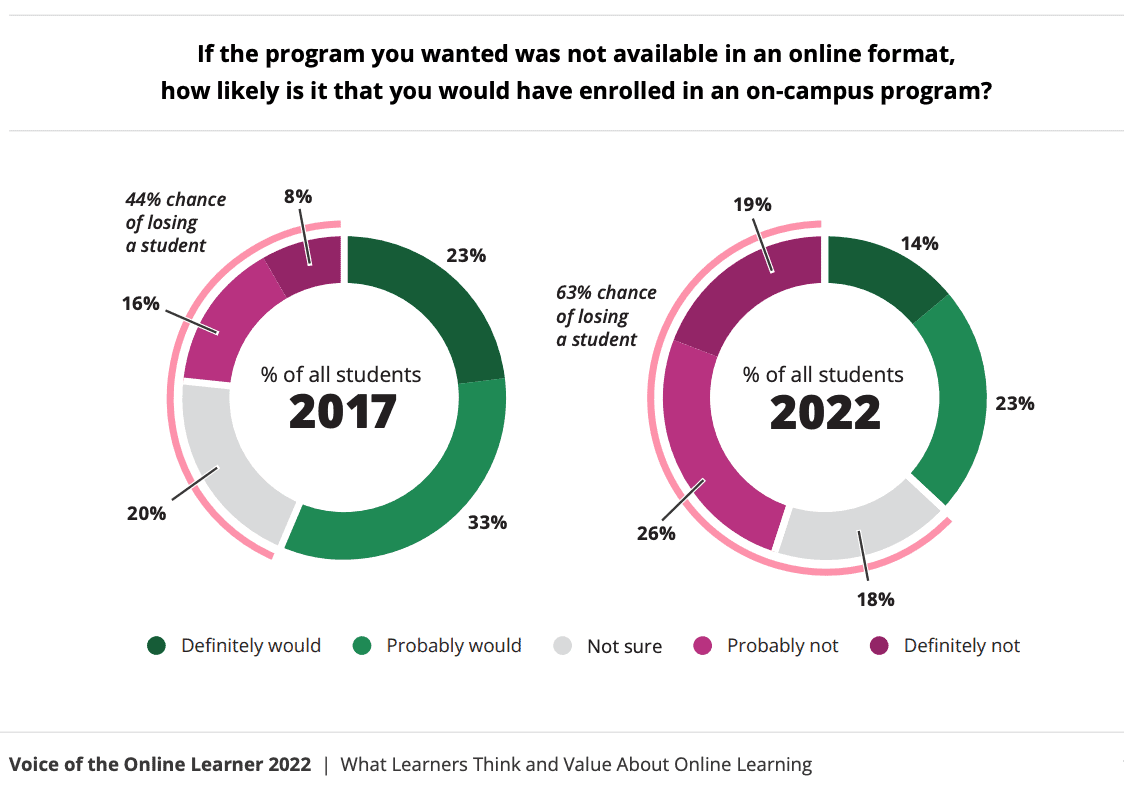
So while some disciplines are harder to facilitate online, when you have the right guidance, support, equipment, and curriculum, you can create an online learning environment that supports student success. You can bring virtual science labs to life — ones that are effective in teaching students critical thinking, analytical, and observational skills in ways that were once thought only effective in person. In this article, we explore three areas critical for ensuring your virtual science labs are a success.
Creating Engaging Hands-On Learning Experiences Online
One of the biggest concerns instructors have when designing virtual science labs is that they believe students won’t gain the same hands-on laboratory experience as their on-campus peers. We get it. Attending remote lectures is one thing – having an instructor be able to offer hands-on support and assistance during labs is another.
Further, retooling traditional classroom curriculum and lesson plans for an online classroom and creating your own lab kits for hands-on science experiments are difficult and time consuming activities. There are many factors to consider, such as equipment, safety, resources and instructions.
The good news is that creating engaging virtual science labs doesn’t have to be this daunting, if you have the right partner. Science Interactive enables instructors to deliver lab science courses online that are just as rigorous and high quality as on-campus lab courses. One of the ways Science Interactive does this is with ready-made hands-on lab kits. The tactile kits include lab-grade materials and equipment at a scale that students can safely handle without direct supervision, allowing instructors to power authentic, real-world lab experiences for students at home.
In addition, Science Interactive couples these kits with the highest quality digital science curriculum, aligned to Quality Matters standards, in the following disciplines:
- Anatomy and Physiology
- Biology
- Chemistry
- Environmental Science
- Forensics
- Geology
- General, Organic, and Biochemistry (GOB)
- Microbiology
- Organic Chemistry
- Pharmacy Technician
- Physics
When students see, touch, and feel the kind of materials and equipment often only found in campus labs, they are able to better connect course concepts to the real world — a more active learning environment that promotes deeper student engagement.
Successful Virtual Science Labs Blend Digital & Hands On
In addition to ensuring curriculum is rigorous, it’s important to Identify labs that can be done effectively hands on and digitally. The truth of the matter is that while some labs are better suited for hands-on experimentation at home, others are not. In fact, blending hands-on experimentation with digitally simulated labs for your students has a variety of benefits.
For example, it’s not feasible to expect students to perform certain hands-on chemistry labs that require large apparatus or high resolution lab-grade microscopes. Not only is shipping such equipment to each student in your course a blocker, it’s also cost prohibitive. When deciding which lab lessons to make hands-on vs. digital-only, consider the following:
- Equipment and/or safety concerns: If the size, cost, or safety concerns associated with certain equipment or materials is too high, consider a digital lab lesson.
- Applicability of topic: If the topic itself does not lend itself to hands-on, use a digital lesson. For example, lessons on math and graphic prep or an introduction to the periodic table are delivered most effectively in a digital format.
- Accessibility: If physical, ethical or religious concerns might be present, consider keeping labs as accessible as possible by presenting a digital lab lesson as an alternative for some students.
- SLOs: If you want to cover an interesting or different topic that does not directly align to your course objectives or student learning outcomes, consider introducing it through a digital simulation.
In the end, identifying labs that can be done virtually and others that can provide hands-on experience will keep course costs reasonable, ensure student safety and content accessibility, as well as provide variety for your course.
Prioritizing Science Lab Safety for Online Students
When instructors hear hands-on labs, one of the first questions is always about safety — and rightly so. Science Interactive’s kits prioritize student safety. Every experiment in our lesson library follows step-by-step instructions designed by PhD scientists to reduce risk. All kits include the proper lab equipment, PPE, and small-scale chemicals that are safe to use at home. Plus, we limit toxicity with biological chemicals as much as possible by offering formalin-free materials and non-virulent microbes.
Before any students can begin their virtual science experiments, they must first complete a lab safety lesson. This covers all of the precautions required during any experiment, like:
- Wearing personal protective equipment
- Preparing a lab space
- Handling lab equipment and chemicals
- Emergency protocols
From carefully controlled amounts of materials to the mandatory lab safety training, our labs replicate the rigorous safety requirements of on-campus labs – for online students. Since the instructor cannot be physically present when each student conducts a lab experiment, our kits are designed specifically to support students through each step of an experiment.
Allowing Professors to Make Virtual Science Labs Their Own
All of Science Interactive’s curricula is developed by PhD scientists, peer-reviewed by instructors teaching these courses, and reviewed in-house by instructional designers for quality, accuracy, repeatability, safety & ADA compliance. This means you can be confident that your online labs are just as rigorous as your on-campus labs.
- 450+ hands-on & digital experiments across 11 disciplines all aligned to Quality Matters standards
- All 11 disciplines are formally certified by Quality Matters — the most comprehensive library of QM-certified curricula available!
We also understand that instructors have their own teaching style, and often instructors might be concerned that online courses could hinder students’ abilities to meet the learning objectives of their courses or even stifle their teaching styles.
That’s not the case with Science Interactive. While the hands-on kits and curricula are turnkey, we also make it so it’s not heavily prescriptive or rigid. In fact, we have built in opportunities for instructors to make the virtual science labs all their own. With a strong foundation to use as is, instructors can easily customize any of the lessons.
For instance, instructors can add custom lab lessons to the curriculum as well as change elements like quiz questions, alter learning objectives, add further instructions, and supplement with additional media, such as images and videos.
Now with the right tools, you can shift any science lab course online, without the burden of starting from scratch, without concerns for student safety, and with the opportunity to make it all your own. The best part: a hands-on approach to online science labs engages students just as meaningfully as on-campus labs and sets them up to continue pursuing science education.
Kits, Curriculum & Content Delivery, Oh My!
Sure, the thought of retooling curriculum, developing experiments and sourcing kits, and creating student resources to ensure successful virtual science labs is enough to make any instructor run for the hills. The truth is, offering online science labs doesn’t have to be as challenging as it may seem — that is, when you bring it all together with the right partner.
That’s where Science Interactive comes in, providing instructors with a one-stop shop for creating and facilitating online science courses.
We couple those hands-on lab kits and rigorous curricula with a content delivery and lab management platform, built using best practices in online pedagogy to ensure that technology barriers won’t hinder students from participating, engaging, and ultimately, achieving your course objectives. The platform integrates seamlessly with the LMS, so instructors can easily access assignments, grade work, and provide direct feedback — without any additional work. We also offer help centers for both students and instructors with step-by-step instructions and resources — saving you the time and hassle of having to create any extra student resources.
When you combine these resources, technology, and the hands-on kits with high-quality curricula, you can successfully replicate an authentic lab experience for your online students. You’ll promote a student-centered, active learning environment where students are empowered in their learning. And that’s good news, as institutions look to continue adding distance offerings — especially in STEM disciplines — in order to expand access while boosting enrollment.
If you’re looking to expand access to your science offerings and are interested in bringing the quality and rigor of an on-campus lab online, we can help.
Discover more articles
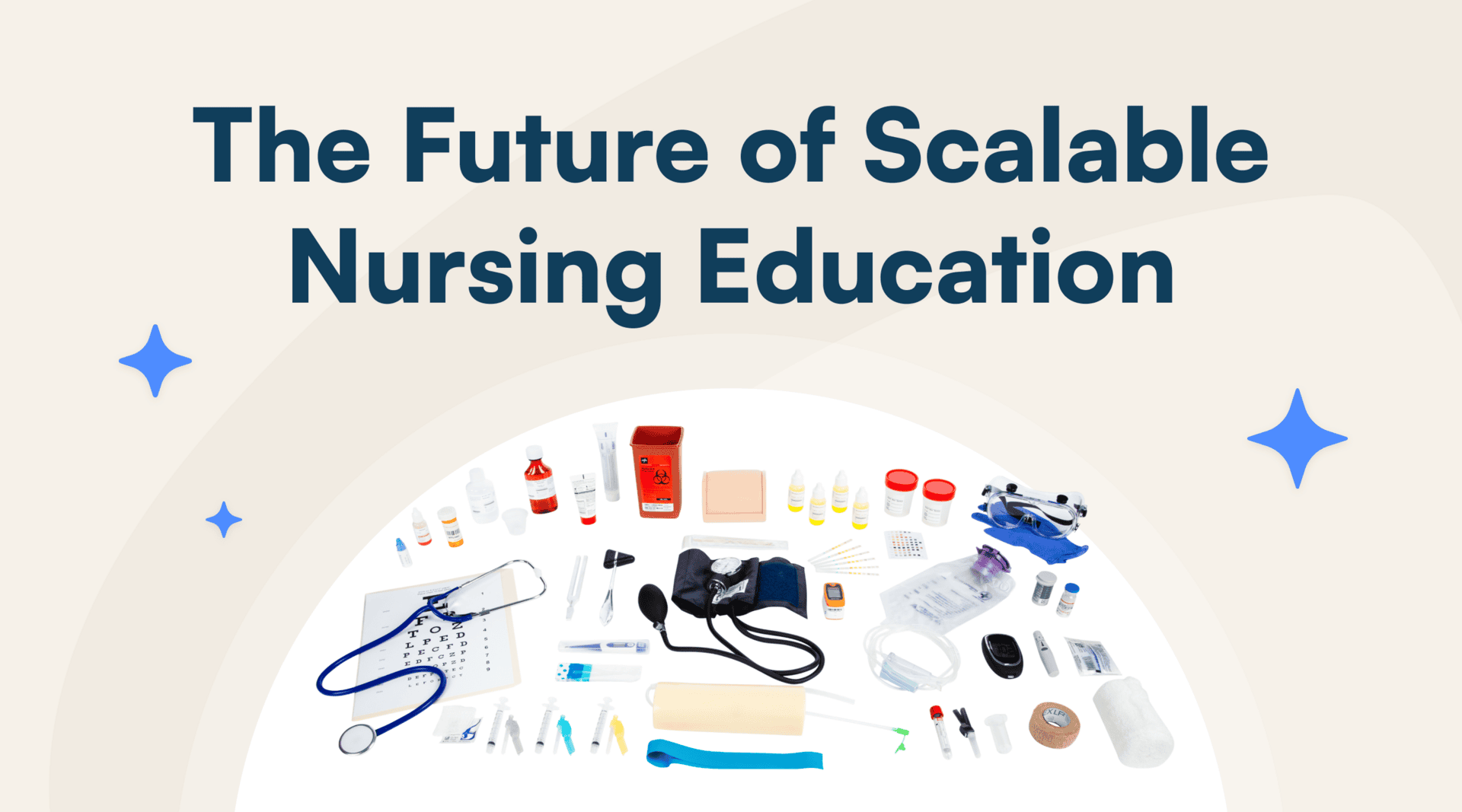
Science Interactive Launches New Nursing Fundamentals
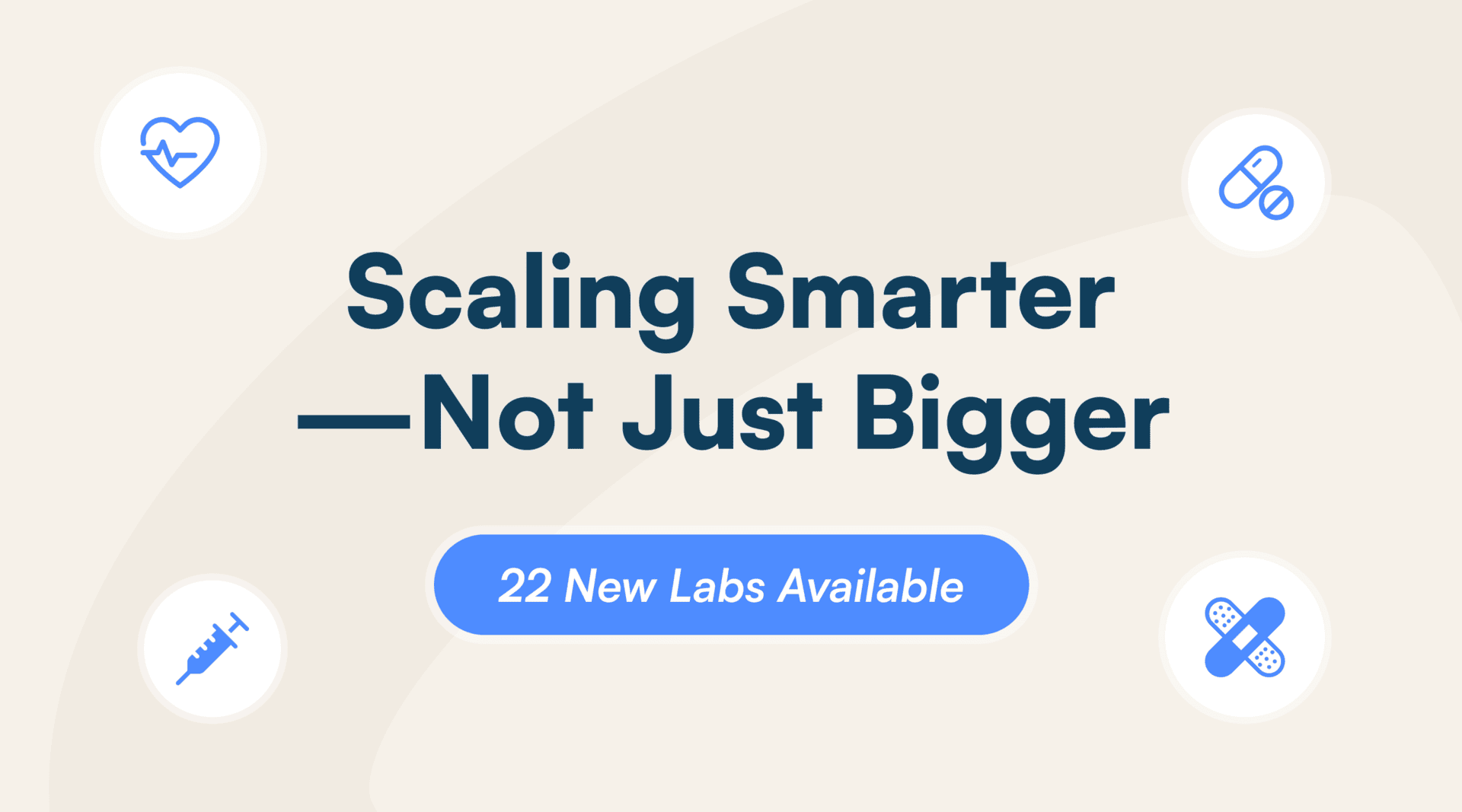
What Clinical-Ready Actually Looks Like (And How to Get There Sooner)
